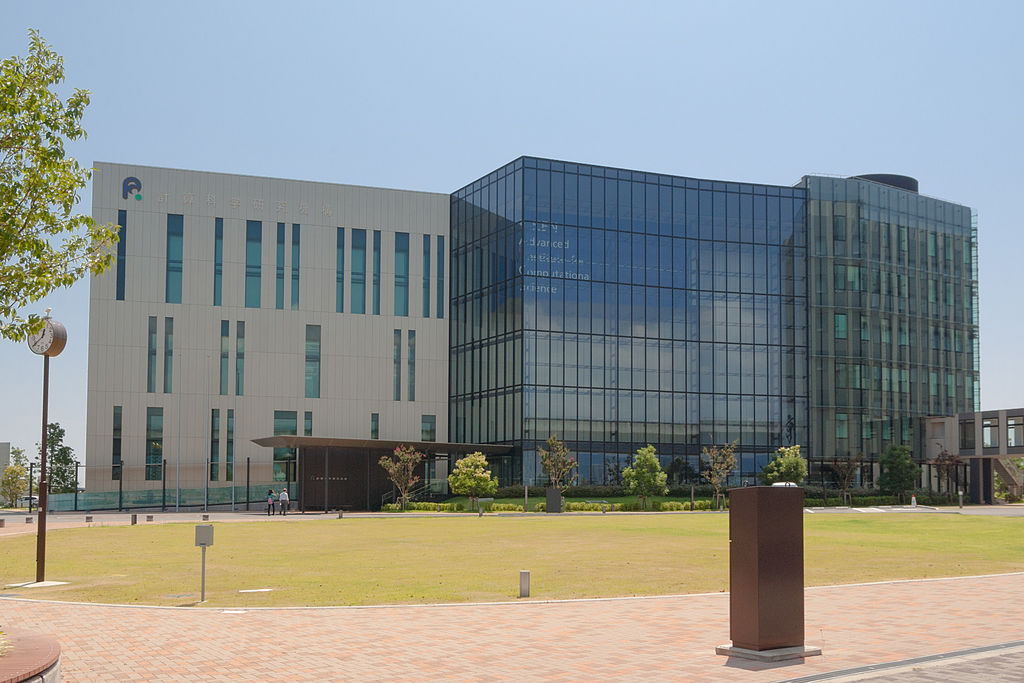Oct 29, 2021
All About RIKEN, Kobe Campus
Kobe is a top destination in Japan for researchers in the natural sciences due to RIKEN. The campus at Kobe is one of seven (the main one is near Tokyo), and it is particularly significant for its contribution to biological and biomedical research.
History of RIKEN
When RIKEN was established in 1917, there were no other comprehensive research institutions in the country. A little more than 100 years later, RIKEN has become a major research hub for all kinds of science — from computational science to engineering. The institution was initially funded by donations from various sources, including the Imperial family, private businesses, industry leaders, and the government in the form of a grant. Today, funding comes almost entirely from the government.
It wasn’t until 2002 that RIKEN expanded to include the Kobe Campus (the last of the seven campuses to be built). The Kobe Campus is now home to more than 1,200 researchers and assistants who partner with various medical and research institutes. The site is the center for the Kobe Biomedical Innovation Cluster — a coalition of life and computational science experts from more than 360 companies. The Kobe Campus is also well-known for having the Fugaku supercomputer and its predecessor: the now-decommissioned K computer.
Research Centers at Kobe
The Kobe campus is split into three areas: West Area, South Area, and East Area. Each of these has at least one dedicated research center.
These are:
- Center for Biosystems Dynamic Research
- Center for Computational Science
- Interdisciplinary Theoretical and Mathematical Sciences Program
- Cluster for Pioneering Research
Visiting the Campus
Currently, visits to the RIKEN Kobe Campus are suspended, but they will restart once the center determines it is safe. To receive a tour, you need to submit an application for a group of between five and 40 people (attendees should all be at least high school age) and request a tour in either Japanese or English. Tours take a minimum of 30 minutes, which allows you time to see the activities at the Biomedical Innovation Cluster. If you extend your tour to 60 minutes, you’ll be able to observe samples. With a 90-minute tour, you also have access to the exhibit room. Tours of all lengths are free.
Open House Day
An alternative to booking a private tour is to attend an open house. The institute holds an open house once a year, and anyone who wants to learn more about science and technology is welcome to attend. The researchers at the Kobe Campus explain what they are working on using terminology that even those with only a basic knowledge of science can understand. You’ll also be able to attend lectures, tour the facilities, and participate in events, some of which are explicitly aimed at children.
Until you can visit the RIKEN Kobe Campus in person again, you can always take a virtual tour. These allow you to explore three laboratories: one for synthetic biology, one for phyloinformatics, and the last one being bio-imaging. The tours are in Japanese, but it’s interesting to see the facilities even if you don’t understand everything. You can also check out several interviews with scientists at RIKEN — these are in Japanese but have English subtitles.
J o, CC BY-SA 3.0, via Wikimedia Commons


About the author